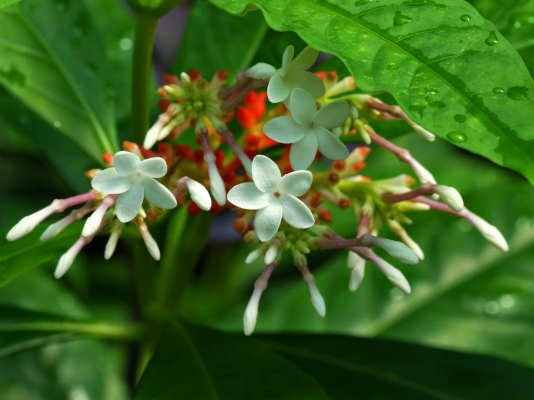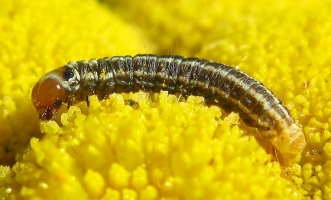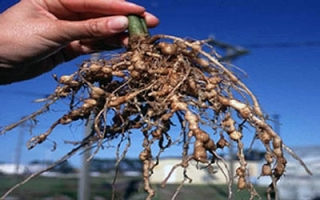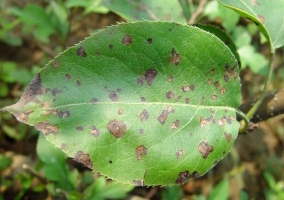General Information
It is an important crude drug used for making modern medicines and ayurvedic medicines. Its roots emit a characteristic aroma but are bitter in taste. Its roots are used for preparing various drugs. Drugs prepared from Sarpagandha are used to treat wounds, fever, colic, urinary retention, insomnia, hypertension, epilepsy and insanity. It is a shrub having average height of 0.3-1.6m. Leaves are oblong and are 8-15cm long. Flowers are white or rose color, fruits are purplish black in color and roots are 0.5-3.6cm in diameter. Burma, Bangladesh, Malaysia, Sri Lanka, Indonesia and the Andaman islands are major countries growing Sarpagandha. In India, Uttar Pradesh is major Sarpagandha growing state.











.png)












